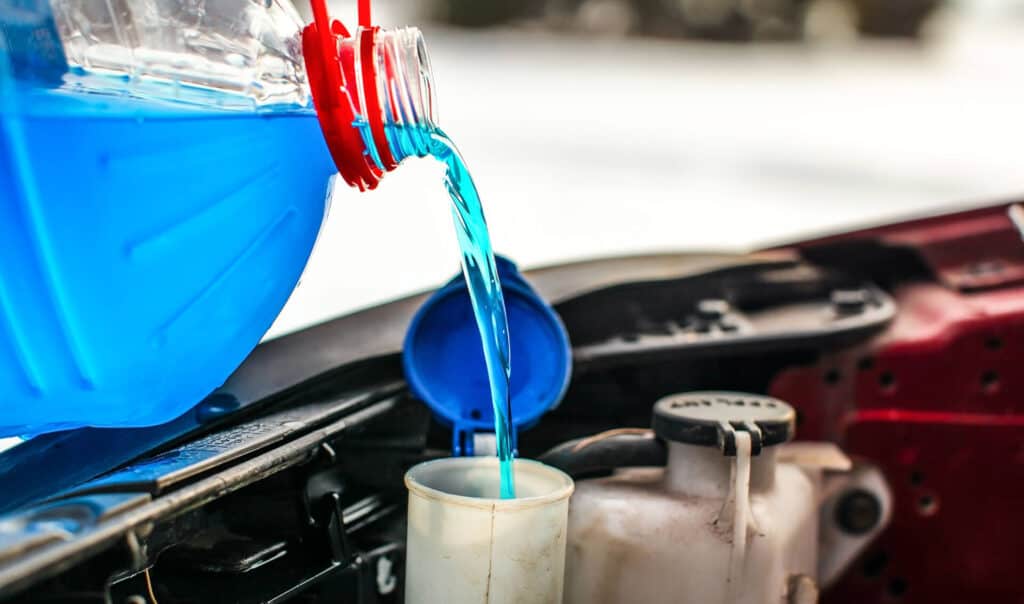A Cold Start — The Intersection of Radiators and the Great White North
Canadian weather is as unpredictable as a moose on the highway, and your vehicle’s radiator faces challenges that many of its southern cousins could only imagine. From blistering summers to icy winters, the Canadian climate isn’t just a topic of small talk; it’s a considerable factor affecting your radiator’s performance. This article is a deep dive into how the weather, particularly in the Great White North, can influence your radiator and what you can do about it.
Ice, Ice, Baby: The Science of Cold Weather and Radiator Efficiency
You’d think that a radiator would love the cold—after all, its job is to cool, right? Not so fast. Cold temperatures can actually thicken your coolant, causing it to circulate less efficiently. This phenomenon means your engine may not warm up as quickly as it should, affecting its performance and fuel efficiency. Common misconceptions include the idea that you don’t need to worry about overheating in winter; in fact, poor coolant circulation can lead to hotspots in the engine that can cause damage over time.

The Heat is On: How Summer Months Pose a Different Challenge
Now, let’s flip the coin. Summer’s heat and humidity are like an endurance test for your radiator. Hot weather can push your cooling system to its limits, potentially leading to overheating. This is especially problematic when stuck in traffic on those hot summer days. Preventive steps include ensuring your coolant is topped up and that your radiator fans are in excellent working condition. Regular checks for leaks or damage to the radiator itself can also be a lifesaver, literally.
Salt and Rust: A Slippery Slope to Radiator Failure
Winter driving in Canada isn’t complete without a liberal dusting of road salt. While great for melting ice, road salt can be a corrosive nightmare for your radiator and cooling system. The accumulation of salt can lead to rusting and eventually, a failing radiator. It’s advisable to wash your car, including the undercarriage, regularly during winter months to mitigate these corrosive effects.
Seasonal Shifts: When to Check and Replace Radiator Fluid
In Canada, it’s wise to adopt a seasonal approach to radiator care. Before winter hits, ensure you have a winter-appropriate antifreeze mix. As summer approaches, consider a coolant more suited to higher temperatures. These simple seasonal shifts in your maintenance routine can help your radiator perform optimally year-round.
The Snowball Effect: How Ignoring Climate Factors Can Cost You
Just as ignoring the weather forecast can result in a disastrous picnic, ignoring how the climate affects your radiator can have financial repercussions. Increased wear and tear due to temperature fluctuations can lead to repair costs that snowball over time. More severe damage may even affect your insurance premiums, especially if it leads to an accident or breakdown.
Local Heroes: Trusted Canadian Brands for Radiator Care
While we’re not endorsing any specific brands, it’s worth noting that several Canadian companies specialize in extreme weather radiator care. From antifreeze to rust inhibitors, choosing local brands accustomed to the harsh Canadian climate can be a smart move.

Rolling with the Seasons — Your Year-Round Guide to Radiator Health in Canada
Whether it’s the biting chill of a Yukon winter or the sweltering heat of an Ontario summer, your radiator needs to be up for the challenge. Understanding the impact of the Canadian climate on your radiator and taking steps to mitigate those risks doesn’t just keep your car running; it’s a financial win.
For those who prefer to leave it to the experts, consider mobile mechanics like Uchanics for your radiator maintenance needs. They bring the garage to you, making car maintenance as convenient as it is essential. Stay warm, stay cool, but most of all, stay informed.
